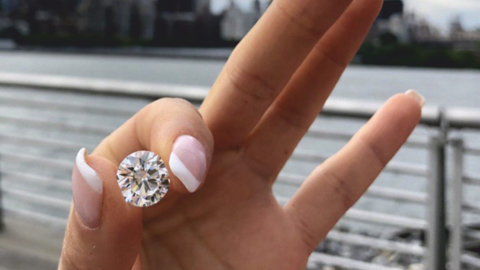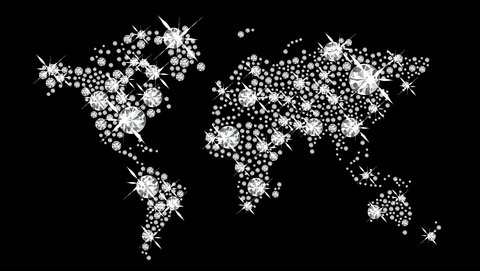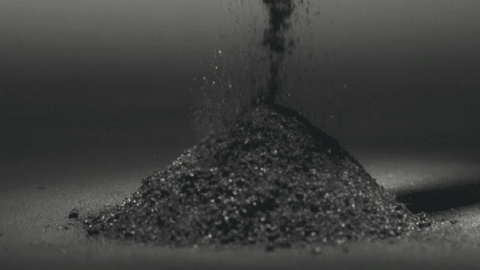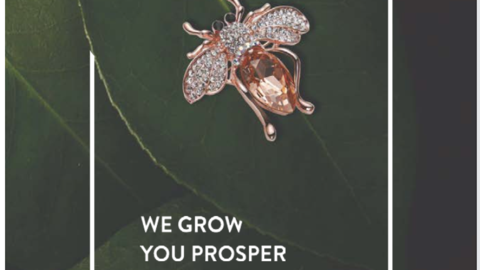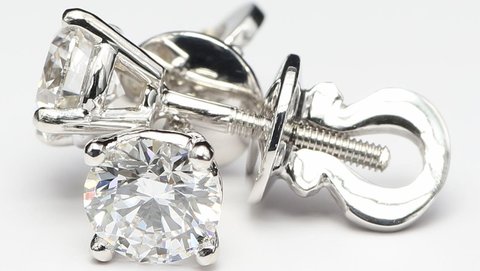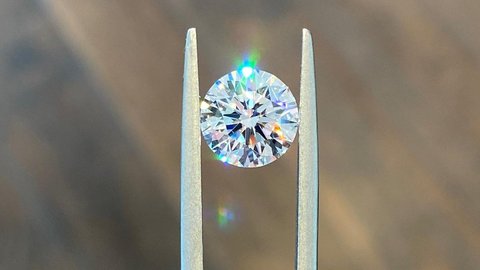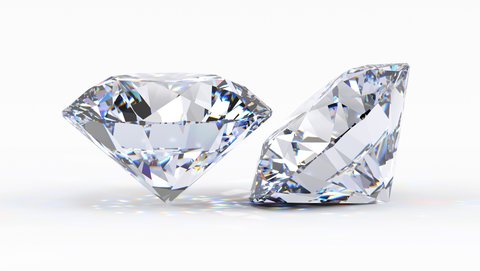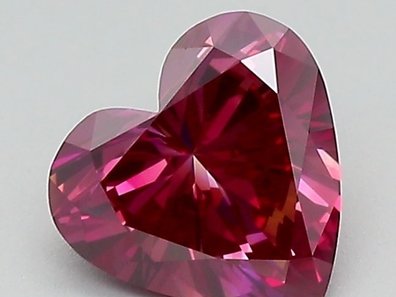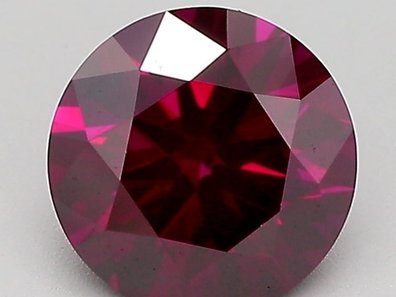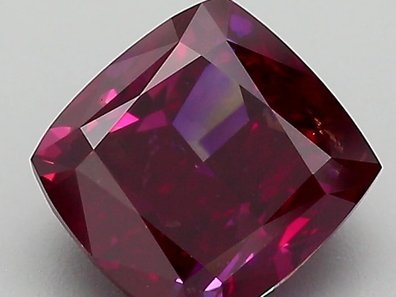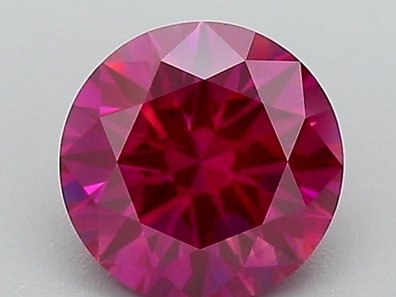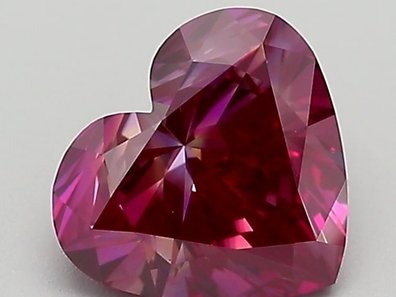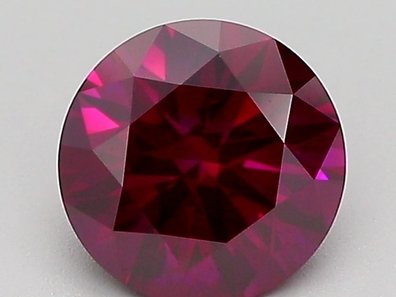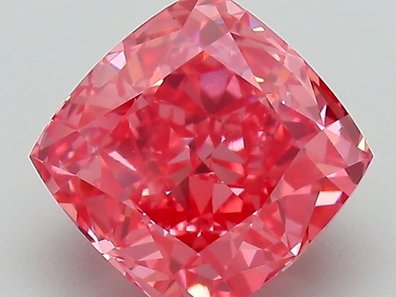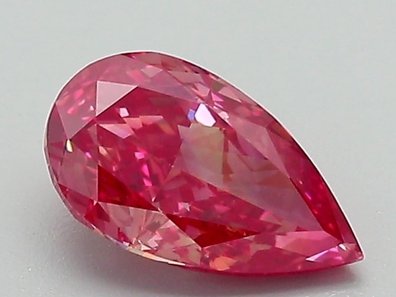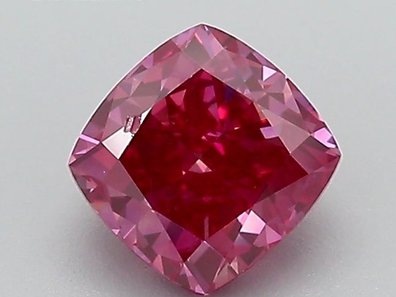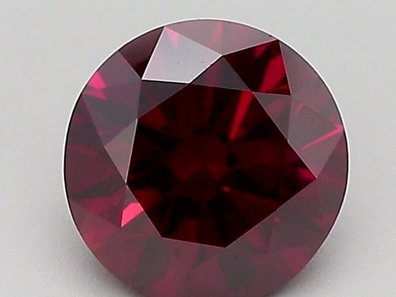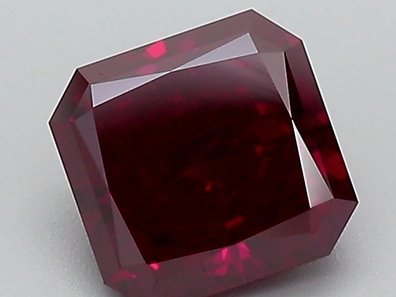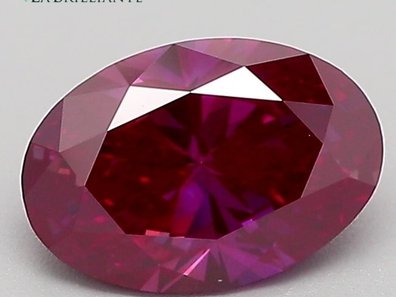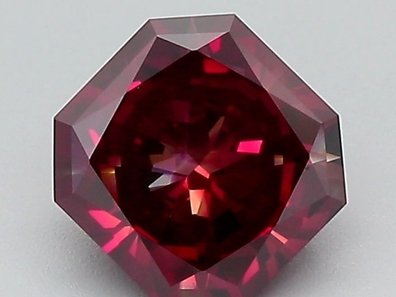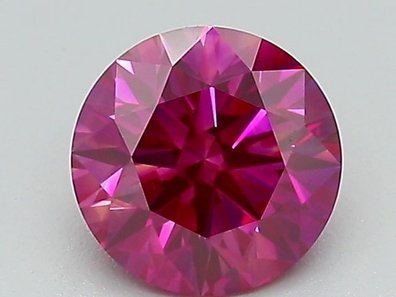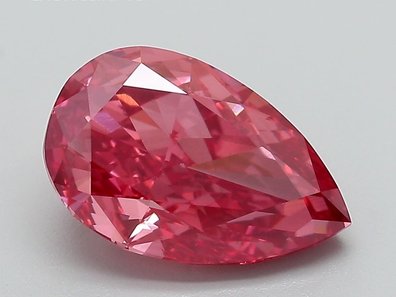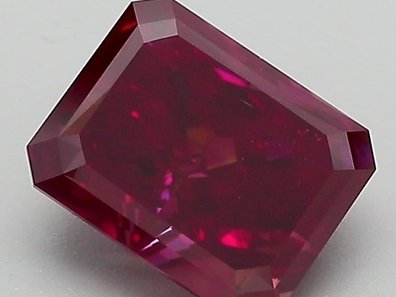Red Lab-Grown Diamonds
By choosing a lab-grown red diamond, you can own one of the rarest gemstones in the world for a fraction of the price of mined red diamonds. When you order a diamond from us, you get the following benefits:
- Fast overnight or second day delivery;
- Certified high-quality diamonds;
- Wide selection of shapes and sizes.
Labrilliante presents a collection of rare lab-grown red diamonds. Our staff can help you find the perfect red stone that will perfectly match your shape and size preferences.
Creating a unique red lab-grown diamond follows a similar process to that of crafting blue and pink lab-grown diamond counterparts. The key distinction lies in their iron content, which becomes evident upon inspection, manifesting in a captivating array of red, orange, yellow, and other hues. Mined diamonds rarely exhibit a red color base, but thanks to the affordability of lab-grown red variations, you can now bring your red diamond jewelry dreams to life with style and flair.
Need a Particular Lab-Grown Diamond?
Please describe your requirement in the form below and we will contact you within 24 hours with the best available options.
Get Access to Our Lab Diamond Database
Find Out About Prices and Availability Information
| Color Grade | Visual Characteristics | Price Range | Expert Recommendations |
|---|---|---|---|
| Faint | Barely visible red tint, very subtle pink undertones, minimal saturation. | Entry-level pricing for red diamonds. | Best for delicate jewelry pieces where subtle color is preferred. |
| Very Light | Light pinkish-red hue, more visible than Faint, still low saturation. | 20-30% higher than Faint grade. | Ideal for rose gold settings to enhance the red appearance cost-effectively. |
| Light | Clearly visible red color with pink undertones, moderate saturation. | Significantly higher than Very Light. | Perfect for accent stones in multi-stone pieces. Pairs well with white diamonds. |
| Fancy Light | Distinct light red color, GIA certified as FLR. More saturated than Light. | Premium pricing, 2-3x Light grade. | Consider comparing with Light grade for value; price jump is significant. |
| Fancy | Pure red color without brown or orange modifiers. Clear, medium intensity. | High-premium pricing range. | Excellent choice for engagement rings and statement jewelry. |
| Fancy Intense | Vibrant, rich red color. Strong saturation with excellent brilliance. | Top tier pricing, 4-5x Fancy grade. | Investment grade stone. Prioritize GIA certification and excellent cut quality. |
| Fancy Vivid | Most saturated and pure red possible. Exceptionally rare even in lab-grown. | Highest pricing tier for red diamonds. | Collector's piece. Only top-quality stones with perfect cut recommended. |
| Fancy Deep | Deep, darker red with strong tone. Less bright than Vivid but more saturated than Fancy. | 20-30% less than Fancy Vivid. | Excellent alternative to Vivid for those seeking depth without extreme pricing. |
| Fancy Dark | Darkest red with possible brown or purple overtones. Rich, deep appearance. | More affordable than Intense, varies by purity. | Best for unique designer pieces. Select setting carefully to maximize appearance. |
Some of Our Red Lab-Grown Diamonds
Are you a diamond buyer?
Please sign in on our website, and we will grant you access to over 100,000 lab-grown diamonds in our stock.
Red Lab Diamonds in Labrilliante
Lab-grown red diamonds from Labrilliante are an excellent choice for those in search of dazzling, ethically-produced gemstones.
What distinguishes Labrilliante's red lab diamonds is their remarkable color. Leveraging advanced technology, we're able to craft exceptionally high-quality and beautiful diamonds in this unique color.
Our offerings include:
- Overnight or second-day delivery;
- The most popular diamond shapes and sizes;
- A big database of red lab diamonds.
Red Lab-Grown Diamond Pricing
Size, cut, and weight are some of the factors that affect the price of a fancy red lab-created stones.
The Allure of Red Man-Made Diamonds in Jewelry
The allure of red lab-created stones lies in their precious and captivating hue, making them perfect for adorning jewelry pieces. Jewelry designers often incorporate these red gems into multi-colored designs, creating ornaments that are more captivating and distinctive than their single-hued counterparts. Such personalized jewelry finds favor among those who seek something genuinely unique and individual.
Red man-made diamonds harmonize beautifully with both platinum and gold-based jewelry, radiating a fantastic and stylish aura. This is attributed to the diamond's inherent toughness and durability, ensuring that these exquisite gemstones continue to shine brilliantly for generations when fashioned into jewelry.
FAQ about Red Lab-Grown Diamonds
Red lab-grown diamonds get their distinctive color from a specific crystal lattice deformation. The creation process involves the replacement of traditional carbon atoms with iron atoms, resulting in a crystal structure that manifests in captivating red hues. This is the same mechanism that creates color in natural red diamonds, but lab techniques allow for more consistent and intense coloration
Red lab-grown diamonds are available at a fraction of the cost of mined red diamonds while offering identical visual appeal. Natural red diamonds are among the rarest gemstones on Earth, making them prohibitively expensive for most consumers. Lab-grown alternatives typically cost 90-95% less than their natural counterparts, making these extraordinary gems accessible without compromising on quality or beauty
Yes, red lab-grown diamonds are chemically, physically, and visually identical to mined diamonds. They have the same carbon composition, exceptional hardness (10 on the Mohs scale), and optical properties as natural diamonds. The only difference is their origin-created in controlled laboratory environments rather than formed within the Earth over billions of years
While pure red diamonds are extremely rare in nature, lab-grown red diamonds frequently display secondary hues that add character and uniqueness. These can include undertones of brown, orange, or purple that complement the primary red color. The specific secondary hue affects both the visual appeal and the price of the diamond, with some combinations being particularly prized by collectors and jewelry designers
Red lab-grown diamonds are exceptionally versatile in jewelry applications. They create striking contrasts when set in platinum or white gold, while also harmonizing beautifully with yellow or rose gold settings. Jewelry designers frequently incorporate red lab diamonds into multi-colored designs, creating distinctive pieces that stand out from conventional diamond jewelry. Their durability ensures they maintain their brilliance and color integrity regardless of the setting style
No, red lab-grown diamonds require the same care as any other diamond. To maintain their optimal sparkle, regular cleaning with a soft-bristled toothbrush and mild soap is recommended, followed by rinsing under warm water and drying with a non-fibrous cloth. Like all diamonds, they may attract oils and dirt from everyday wear that can diminish their brilliance, but their hardness and durability remain uncompromised
Labrilliante provides certified high-quality red lab-grown diamonds that undergo rigorous quality assessment. Each diamond comes with certification verifying its characteristics and authenticity. The company maintains a wide selection of shapes and sizes, with expert staff available to help customers find the perfect red stone to match their preferences. Additionally, Labrilliante offers fast delivery options, typically overnight or second-day shipping
No, lab-grown and natural red diamonds cannot be distinguished by the naked eye, even by experienced jewelers. The diamonds share identical optical properties, hardness, and chemical composition. Only specialized equipment used by trained gemologists can detect the subtle differences in their growth patterns. This means that the visual splendor and brilliance of a lab-grown red diamond is indistinguishable from that of a natural red diamond, while offering significant ethical and cost advantages
Absolutely. Introducing boron affects only the diamond’s color; its hardness remains a 10 on the Mohs scale, and it exhibits the same light performance and fire as any lab-grown or mined diamond.


